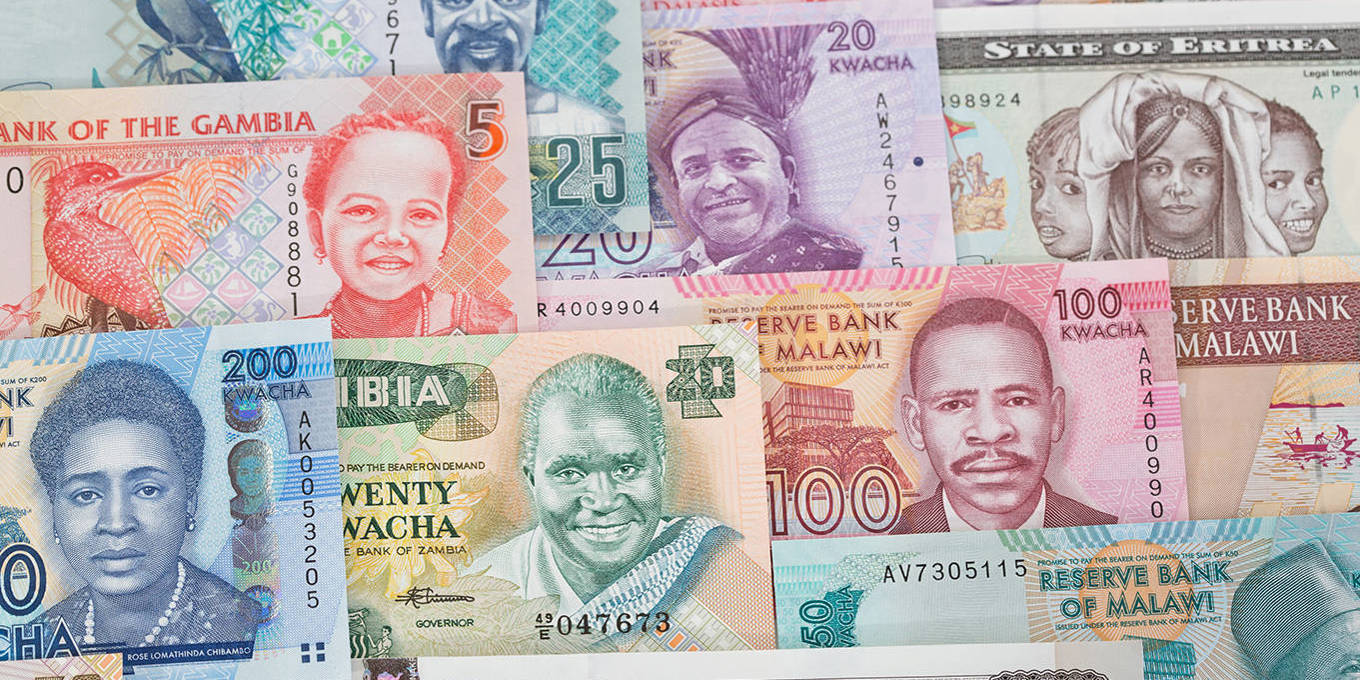
Reforms of a development-finance system that is structurally misaligned with Africa’s needs can achieve only so much. Rather than lobbying for incremental changes to the international financial system, Africa should focus on building robust regional and continental institutions that leverage African capital for African needs.
CAPE TOWN – Like many other multilateral forums, this month’s Fourth International Conference on Financing for Development (FfD4) may well produce impressive declarations and laudable promises. But will lofty rhetoric be translated into concrete progress in lowering the structural and systemic barriers to financing development in Africa, including deteriorating debt sustainability, dwindling concessional finance, and declining access to affordable capital?
- America’s Weak Strongman
 Win McNamee/Getty Images
Win McNamee/Getty Images - The Bonfire of the Banking Regulators?
 Bettmann/Getty Images
Bettmann/Getty Images - The End of German Complacency
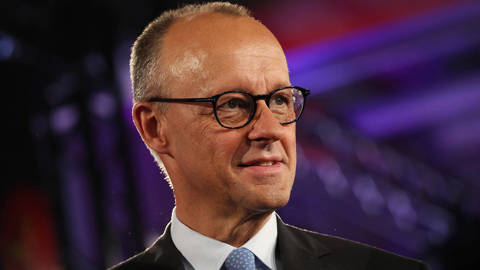 Sean Gallup/Getty Images
Sean Gallup/Getty Images
Africa’s debt crisis did not emerge overnight. It is the result of years of chronic underfinancing, which forced countries to borrow for even the most basic investments. Between 2010 and 2021, the share of Africa’s public external debt owed to private creditors rose from 30% to over 44%. And private loans mean very high interest rates, which run in the 7-10% range, on average, with some countries, such as Ghana and Zambia, facing rates above 12%.
The problem lies partly with credit-ratings agencies, which tend to take a pro-cyclical approach, downgrading countries – and driving up borrowing costs – precisely when they are most vulnerable. Between 2021 and 2023, for example, Moody’s downgraded Ethiopia, Ghana, and Tunisia to “deep junk” status, despite their fiscal-consolidation efforts. Such decisions are not only opaque; they reflect external risk perceptions, rather than empirical criteria. According to the United Nations Development Programme, credit rating agencies’ inflated risk perceptions cost the 16 African countries that issued bonds an estimated $74.5 billion by 2020.
Global banking regulations, which were tightened in the wake of the 2008 global financial crisis, further constraining Africa’s access to finance. The Basel III framework, introduced in 2011 under the auspices of the Bank for International Settlements, increased minimum capital-adequacy ratios, introduced a minimum leverage ratio, and raised liquidity coverage requirements. Such changes diminished international lenders’ appetite for risk – and, thus, their willingness to work with African borrowers.
By 2020, many African countries’ debt burden was so heavy that any unexpected crisis would plunge them into severe debt distress. And then the COVID-19 pandemic arrived. To be sure, the G20 devised interventions to help debt-distressed countries: the Debt Service Suspension Initiative and the Common Framework for Debt Treatments. But the results were mixed. When Chad, Ethiopia, Ghana, and Zambia sought relief through the Common Framework, they faced protracted negotiations, uncertain timelines, and tightened conditionality – all of which heightened perceived risk and deterred market re-entry.
Profit-shifting by multinationals to low- or no-tax jurisdictions, together with illicit financial flows, are an additional drain on African countries’ resources. According to UN Trade and Development, Africa loses over $88.6 billion to illicit financial flows each year – nearly equivalent to the continent’s annual infrastructure financing gap.
PS Events: London Climate Action Week 2025 
PS Events: London Climate Action Week 2025
Don’t miss our next event, taking place at London Climate Action Week. Register now and watch live on June 23 and 24 as our distinguished panelists discuss how business can fill the global climate-leadership gap.
Register Now
Meanwhile, the promise of official development assistance continues to unravel. According to the OECD, total net ODA to Africa in 2024 was just $42 billion, representing a 1% real decline in real terms from the previous year. At the same time, donor countries reported $27.8 billion in “in-donor refugee costs” – up from $12.8 billion in 2021 – which is counted toward their ODA contributions. Today, high-income countries are cutting their aid budgets further, with the United States the most extreme example.
Many argue that the key to closing the development-financing gap lies in strengthening African representation at institutions like the International Monetary Fund and broadening access to existing debt-relief and development-financing mechanisms. But such reforms can achieve only so much in a system that is structurally misaligned with Africa’s needs.
Rather than fight for incremental global reforms, Africa should focus on building robust regional and continental financing mechanisms that leverage African capital for African needs. The African Development Bank (AfDB), with its clear development mandate and ability to catalyze broad-based action, can act as the cornerstone of such an African financing system. The African Export-Import Bank, with its trade-finance instruments and growing influence, would also have a role to play, as would sovereign wealth funds, national development banks, pension funds, and others.
These institutions should pool resources, co-invest in strategic sectors, and devise new instruments to mitigate risk and enhance credit provision. For example, African-based guarantee schemes that reduce the cost of capital for investments in infrastructure and the green transition would create incentives for lending to small and medium-size enterprises and support the establishment of shared standards – vital to facilitate regional financial integration.
At the same time, African countries must boost revenue by strengthening tax administration, closing loopholes, and reducing exemptions. Regional cooperation, together with new digital tools, can go a long way toward measuring companies’ profits, tracking cross-border flows, and identifying systemic tax evasion.
Multilateral financial institutions still have an important role to play in delivering financing to Africa, but their approach must change fundamentally. For starters, far more lending should take place in local currencies, thereby reducing countries’ vulnerability to exchange-rate volatility. Longer repayment periods and respect for national policy priorities are also essential.
Africa has a young population, vast natural resources, and fast-growing digital networks. But it lacks the financial sovereignty to make the most of these and other assets. African leaders must stop lobbying for access to frameworks that do not serve their countries’ interests, and start asserting control over their own financial future. This means mobilizing capital, building institutions, and defining their own criteria for development success. FfD4 can help to kick-start this process, but only if participants recognize that closing the development-financing gap is a political problem, not a technical one.
Carlos is a member of the UN International Commission of Experts for the Fourth International Conference on Financing for Development

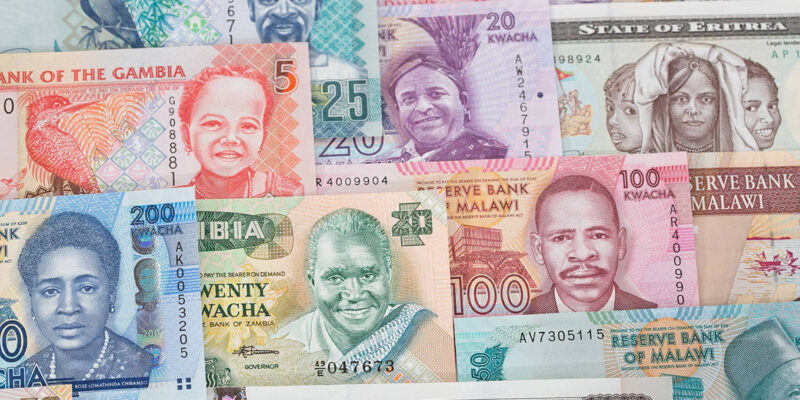

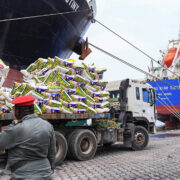

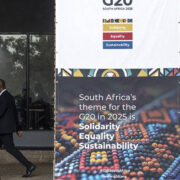



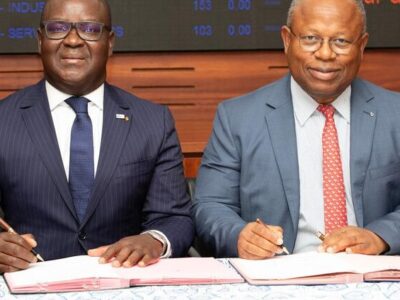

Comments